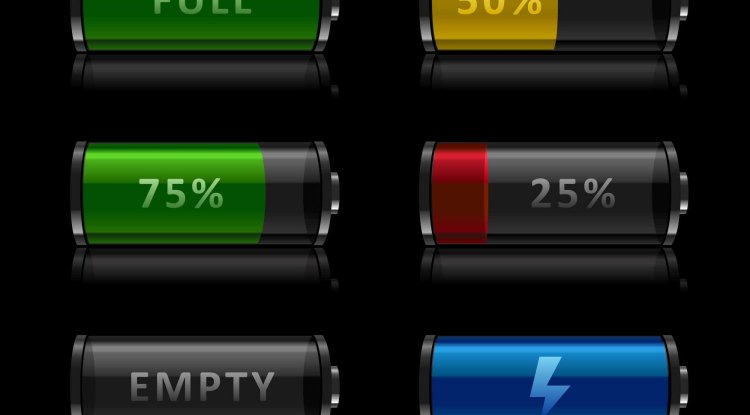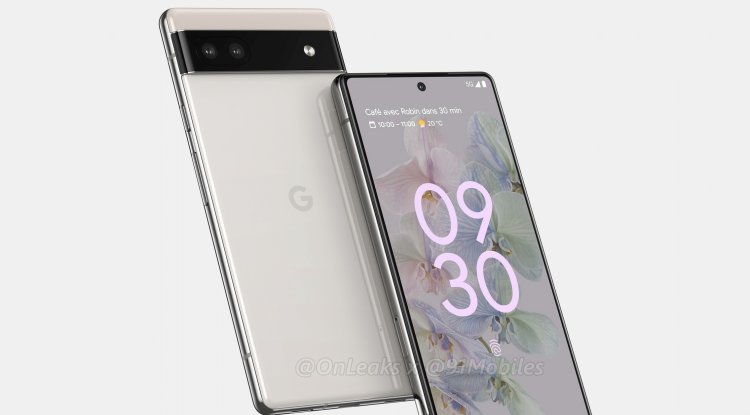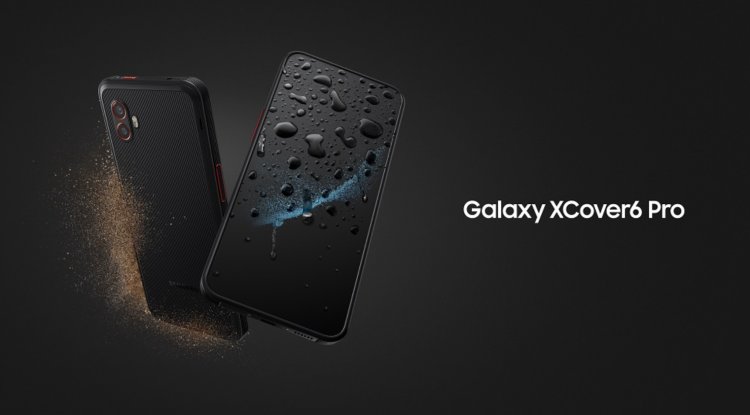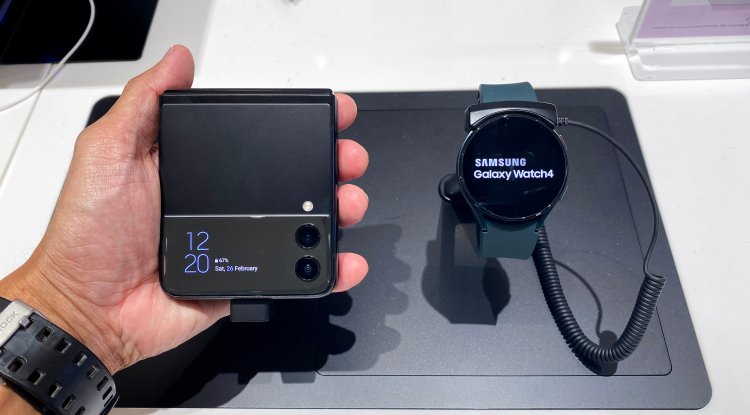What is Quick Charge and how does this Qualcomm technology work?

With the rise in smartphone battery capacity with the introduction of more energy-consuming hardware, fast charging on modern smartphones has become a feature that the majority of people take for granted.
Many devices nowadays are fully charged in an hour. And while today we've got several competing fast-charging protocols within the industry, Quick Charge has been and still is among the foremost commonly used protocols. within the context of recent, smartphones, Quick Charge refers to the facility management technology developed by Qualcomm.
It is supported by all 2013 Snapdragon SoCs, although it's up to the device manufacturers whether to implement this technology or not. However, over the years Quick Charge has undergone numerous changes and revisions. Some were more striking than others.
What exactly makes Qualcomm's Quick Charge technology special?
In short, Quick Charge allows you to charge your smartphone or tablet much faster than standard, USB chargers. It used to be the dominant fast charging technology in the Android ecosystem. Manufacturers can add technology support relatively easily, as the feature is already built into the Snapdragon SoC. Although many phone manufacturers these days offer their own charging protocols, many devices include support for fast charging as a secondary option for fast charging.
For its part, Qualcomm claims that its technology still has advantages in terms of heat management, efficiency, and longevity of the battery itself. If you’re wondering why the smartphone industry ever needed to be dedicated fast charging technologies, it’s because Quick Charge came into play years before industry-wide fast charging standards like USB Power Delivery (PD). The original USB specification reached only 5 volts and 500 milliamperes (0.5 A). Newer USB 3.0 ports can handle 0.9 A, but that's nothing to write about either. For context, it would take hours for a modern smartphone to fully charge at that speed.
Prior to Quick Charge, most early Android devices adopted the USB Battery Charging (BC) standard, which allowed devices and chargers to charge at up to 1.5 A of current at the same 5 V. This allowed phones to pump 7, 5 watts.
The beginnings of fast charging technology for smartphones
The first version of Quick Charge offered only a small increase over the USB BC specification, up to 10 W. However, a bigger advantage was that every smartphone using the Snapdragon 600 SoC supported this feature. This allowed fast charging to break into as many as 70 devices, including a number of high-profile smartphones like the Nexus 4 and the legendary, Nokia Lumia 920.
Qualcomm enjoyed an early-stage advantage with fast charging in the mid-2010s and quickly became the de facto standard for fast charging on Android. Consequently, most fast chargers bundled with smartphones during that time supported some version of Quick Charge.
There's an easy way to make sure your charger supports Quick Charge: just look for the logo. It doesn’t matter if the charger is manufactured by Samsung, Motorola, or a smaller third-party company; Quick Charge is universal and does not depend on the brand. As long as your device has the necessary circuits, it will support any charger compatible with the standard.
What has changed in Quick Charge charging mode over the years?
The standard Quick Charge 1.0 offered a new integrated power management circuit design that allowed devices to charge up to 10 W. However, most supported devices such as the Nexus 4 and Galaxy S3 still come with chargers with more conservative power data. All in all, this release of 1.0 has simply paved the way for future iterations of technology. We have had four more revisions of the standard since then.
He introduced the concept of charging devices at higher voltages than recommended by the 5V USB standard. Since power is a function of voltage and current, you can increase any to charge the battery faster. However, pushing more current through the wire has its drawbacks. First, the increase in current also results in an increased thermal effect, due to the heating effect. By choosing to increase the voltage level this can be prevented.
There is another advantage: voltage drops on longer wires become less problematic. To this end, Quick Charge 2.0 offered up to 18 W of power providing additional voltage levels of 9 V and 12 V. However, like the first generation of the standard, implementations varied from device to device. In the end, most chargers opted for one of two combinations to reach 18W: 9V and 2A or, less commonly, 12V and 1.5A.
Quick Charge 3.0 introduced variable voltage levels.
This implied that the gadget and chargers could charge between 3.6 V and 20 V, in steps of 200 mV. Accomplishing a fine harmony among voltage and current has empowered Qualcomm to offer far superior effectiveness and lessen heat dispersal.
Quick Charge 4.0, delivered in 2017, its principal highlight was the similarity with the USB-PD standard. The new determination offered significantly more power, up to 27 W by means of USB-C ports. While working in this USB PD mode, Quick Charge 4 conveys its power through fixed 5V or 9V to 3A. A minor correction, called 4+, has additionally further developed the hotness of the executive's capacities of the convention and in reverse similarity.
Quick Charge 5 as of late brought help for 100W charging and USB PD PPS. It executes comparable AC voltage innovation to Qualcomm's Quick Charge 3.0 however is undeniably more all-inclusive and generally upheld.
| Voltages | Max Current | Max Power | |
|---|---|---|---|
| Quick Charge 1.0 | 5V | 2A | 10W |
| Quick Charge 2.0 | 5/9 / 12V | 3A | 18W |
| Quick Charge 3.0 | 3.6 - 20V (200mV increments | 2.5 / 4.6A | 18W |
| Quick Charge 4+ | 3.6 - 20V (200mV increments) QC Mode 5 / 9V USB-PD Mode | 2.5 / 4.6A QC Mode 3A USB-PD Mode | 18W QC Mode 27W USB-PD Mode |
| Quick Charge 5 | 3.3 - 20V | 3A, 5A,> 5A modes | 100W |
With increasing competition, manufacturers are now using higher charging speeds as a key difference for their flagship smartphones. Chinese brands such as OnePlus and Oppo offer proprietary standards such as Warp Charge. Meanwhile, Apple, Google, and Samsung have adopted a more universal USB power standard.
In short, Qualcomm Quick Charge is a feature that is no longer vital but is still desirable to have on a smartphone. This is especially true if you have amassed a small collection of third-party power adapters or batteries over the years that support Quick Charge.





































